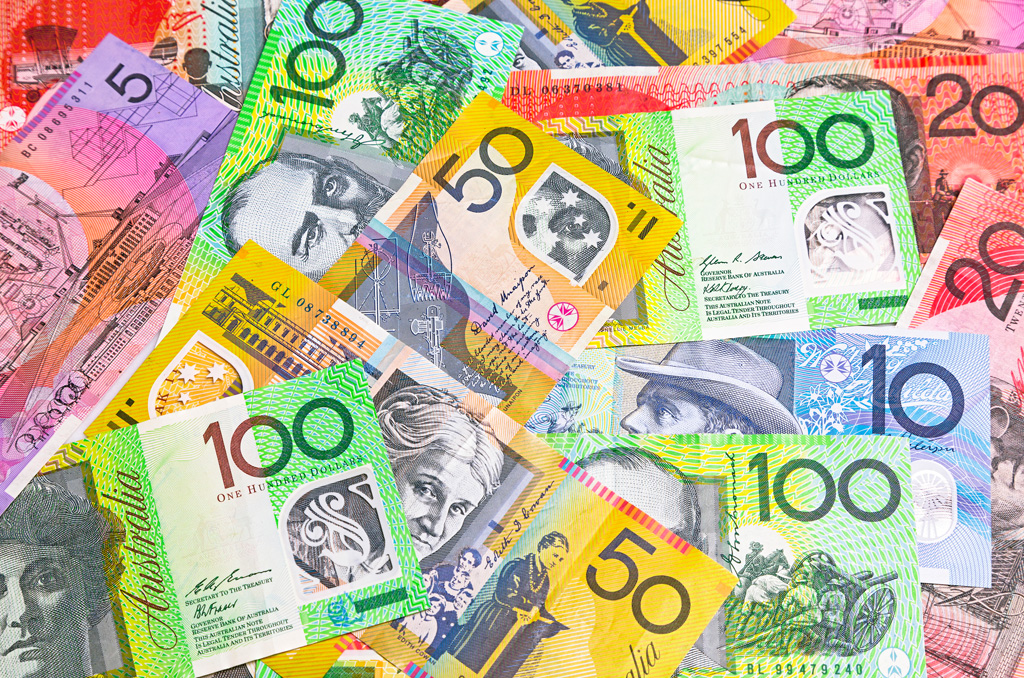- Home
- Home Loans
- Articles
- What is a Mortgage Discharge Fee?
What is a Mortgage Discharge Fee? | RateCity

Disclaimer
This article is over two years old, last updated on March 23, 2017. While RateCity makes best efforts to update every important article regularly, the information in this piece may not be as relevant as it once was. Alternatively, please consider checking recent home loans articles.
A discharge fee is paid when you finish paying off the balance on a loan, or refinance with another lender.
What else are discharge fees known as?
Some lenders use the terms termination fee or settlement fee interchangeably with discharge fee.
What does a discharge fee cover?
A discharge fee is intended to cover the lender’s legal and administration costs when they wrap up your home loan with them.
Is a discharge fee the same as a break fee?
A break fee is a type of discharge fee that applies when you pay off or refinance a fixed home loan during the fixed rate period. Sometimes called early discharge fees, the cost of break fees is often based on how long was left to go on the fixed rate period, and how much interest you would have paid to the lender during this time.
Is a discharge fee the same as an exit fee?
Discharge fees are not the same as exit fees, which were banned in June 2011. While exit fees could be for any amount a lender chose to charge, effectively penalising borrowers for switching home loans, the law now states that discharge fees cannot exceed a lender’s losses from a borrower ending their loan early.
Compare home loans in Australia
Product database updated 19 Apr, 2024



